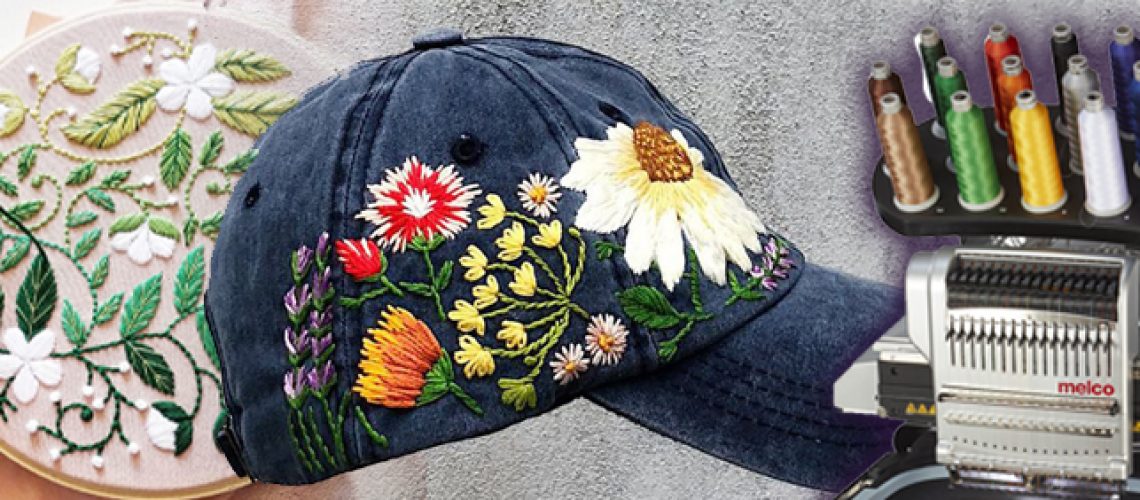Porcupine quills, moose hairs and animal teeth, all embellishments that were used way back when to decorate and illuminate clothing. We’re talking about embroidery and the rich history and design of it. Today, we don’t think much of the Izod alligator, the Betsey Johnson dress or the Coach bag, but they are all modern day masterpieces of a time honored tradition.
The word embroidery comes from the French word “broderie” meaning embellishment and the art form has been known to date back to the Cro-Magnon era around 30,000BC when remains turned up clothing that was hand stitched and decorative.
Centuries ago, they were quite inventive too when it came to using different types of mediums to embellish clothing and tapestry. Some that were unearthed in Siberia between 5000 and 6000 BC were sewed together shells, animal skins, stones, and pearls.
This magnificent art form is old but quite sophisticated and symbolic as well. The famous and well-know Bayeux Tapestry showcased different kinds of stitching such as stem stitch and double couching embroidery on unbleached linen. The tapestry measured 231 feet long and was made in honor of the Battle of Hastings in 1066.
Needless to say these beautiful pieces had to be painstaking projects as it must have taken hundreds of hours to do this all by hand. Later in the 19th century, machine-made embroideries started in Switzerland and as you can imagine, this allowed the craft to take on a whole other dimension as fashion designers and the like created masterpieces in half the time.
Today machine embroidery can add logos and monograms to clothing to give it a distinguished and sophisticated look. So the next time you see a monogrammed piece of clothing, remember the rich culture and past that started it all.

